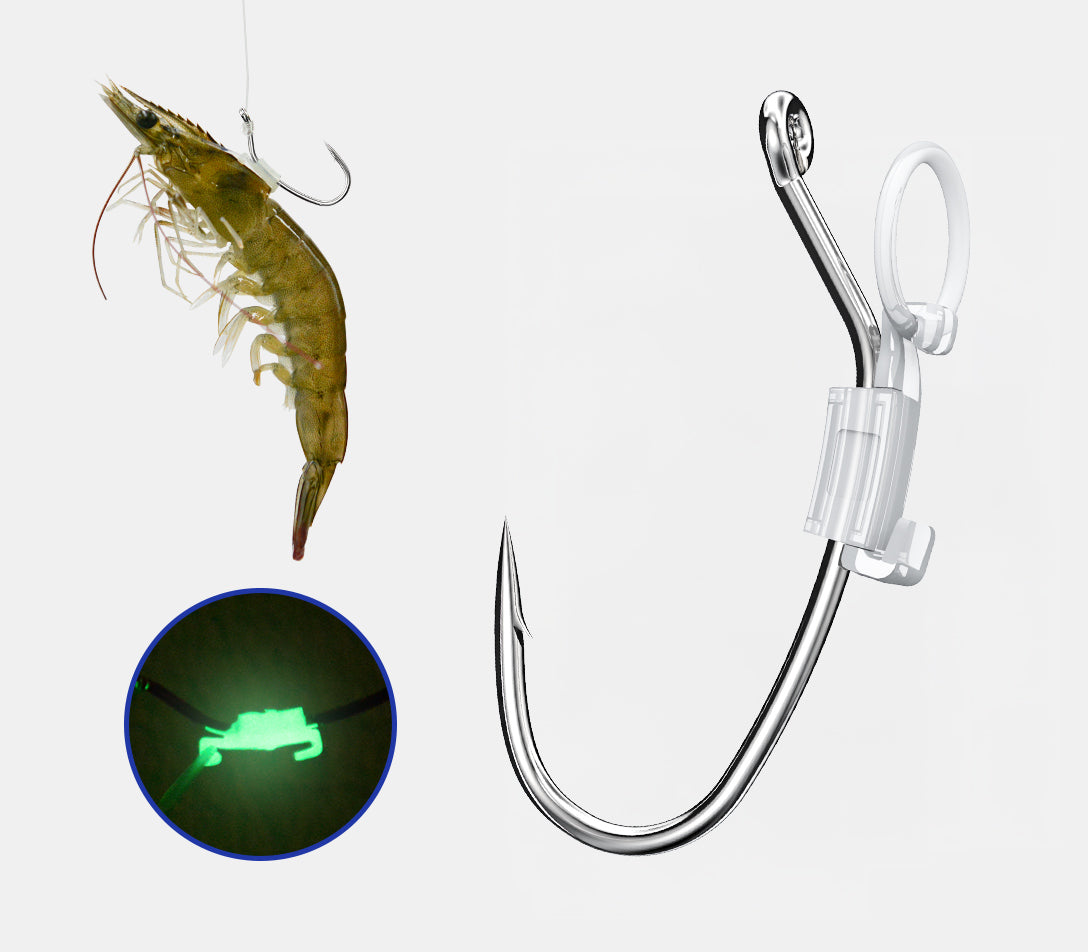The spring-summer transition period is a prime time for fishing. As water temperatures gradually rise, various fish species become more active, especially warm-water species like Grouper. This is a season brimming with opportunities, but also facing challenges - a sound fishing strategy and appropriate Fishing Gear selection are crucial. This article will provide a detailed guide on how to improve your fishing success during the spring-summer transition, with a particular focus on techniques for catching large fish like Grouper.
Changes in the Aquatic Environment During the Transition
Towards the end of spring and the beginning of summer, water temperatures typically fluctuate between 15-25°C, which is the comfortable range for many fish species. As the water warms, the dissolved oxygen levels also change, directly impacting the activity patterns of fish. Additionally, this period often brings rainfall, and the resulting increase in water turbidity can alter the feeding behaviors of fish.
Understanding these environmental changes is crucial for developing an effective fishing strategy. For instance, on sunny days, fish may be more active in the shallows, while on overcast, rainy days, they may move towards deeper waters. For bottom-dwelling species like Grouper, knowing their habitat preferences under different weather conditions is particularly important.

Seasonal Adjustments for Grouper Fishing
Grouper are a prized target for many anglers, especially during the spring-summer transition when their activity increases. Grouper typically inhabit areas with complex underwater structures, such as rock crevices, coral reefs, or sunken wrecks. During this seasonal transition, the following strategies can help improve your Grouper Fishing success:
Selecting Suitable Fishing Spots: Look for areas with abundant underwater structure, like rocky outcrops, sunken ships, or artificial reefs. These are the ideal habitats for Grouper.
Adjusting Bait Selection: During the spring-summer transition, Grouper prefer live bait, such as small fish, shrimp, or crabs. The natural movement of live bait is more effective at attracting the Grouper's attention.
Fishing Techniques: Employ bottom fishing to keep your bait near or on the bottom. Grouper generally don't venture far from their sheltered habitats to feed.
Timing: Early morning and late afternoon are the peak activity periods for Grouper, so Grouper Fishing during these times often yields better results.

Choosing the Right Fishing Gear for the Transition
In this season, the right Fishing Gear can significantly improve your fishing efficiency. Here are some key equipment recommendations:
Fishing Rod Selection
For targeting large fish like Grouper, choose a medium-heavy or heavy-power boat rod, with a length between 1.8-2.4 meters. These rods have the necessary strength to handle the powerful pulls of big fish. Carbon fiber composite materials are an ideal choice, as they combine lightweight and strength.
Reel Configuration
Select a high-quality, large-capacity spinning reel or conventional reel. Ensure the reel has a drag capacity of at least 15 kg to handle the powerful runs of Grouper.
Line System
Use a high-strength braided mainline with a diameter between 0.35-0.50mm, paired with a 0.60-0.80mm fluorocarbon or monofilament leader. This combination provides sufficient strength while reducing the risk of line breakage in the complex bottom environment.
Hook Type and Bait
For Grouper, we recommend using circle hooks or J-hooks in sizes 4/0-8/0. These hook designs are effective at hooking the hard mouths of Grouper. As for bait, live fish, large shrimp, or squid are excellent choices.
Auxiliary Tools
Don't forget to prepare long-handled landing nets, puncture-resistant gloves, and pliers. Grouper can be sizable, and their sharp fins require careful handling.

Timing Your Fishing During the Transition
During this season, weather changes can be significant, so identifying the right fishing windows is crucial:
Pressure Changes: Before the arrival of low-pressure systems, fish tend to be more active, making it an ideal time for Grouper Fishing.
Tidal Influences: In most cases, the beginning of the incoming tide and the end of the outgoing tide are the golden periods, as the moderate water flow encourages feeding activity.
Lunar Phases: Full moon and new moon periods bring more pronounced tidal changes, which can also influence fish behavior.
Responsible and Sustainable Fishing Practices
While enjoying the fishing experience, we should also focus on environmental conservation and sustainable practices:
-
Adhere to local fishing regulations, including size and catch limits.
-
For undersized fish, immediately release them back into the water.
-
Minimize environmental impact by not leaving behind litter or discarded fishing gear.
Conclusion
The spring-summer transition is an excellent time for fishing, especially for the capture of large species like Grouper. By selecting the appropriate Fishing Gear, understanding the seasonal behavioral changes of fish, and mastering the right techniques, you can significantly improve your fishing success. Remember, fishing is not only a technical activity but also a way to intimately connect with nature. We hope these recommendations will help you reap a bountiful harvest during this vibrant season!
Tight lines and happy fishing!















